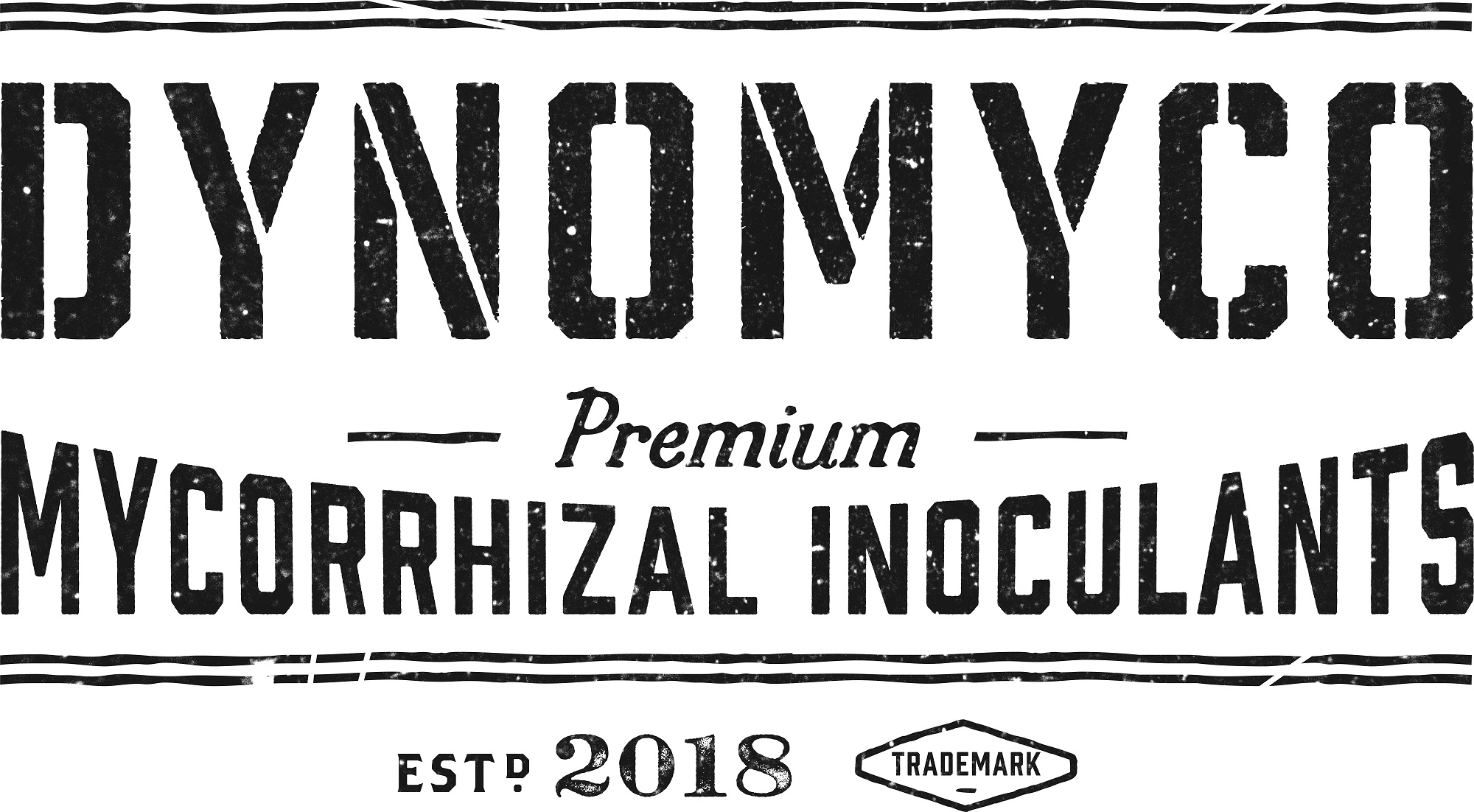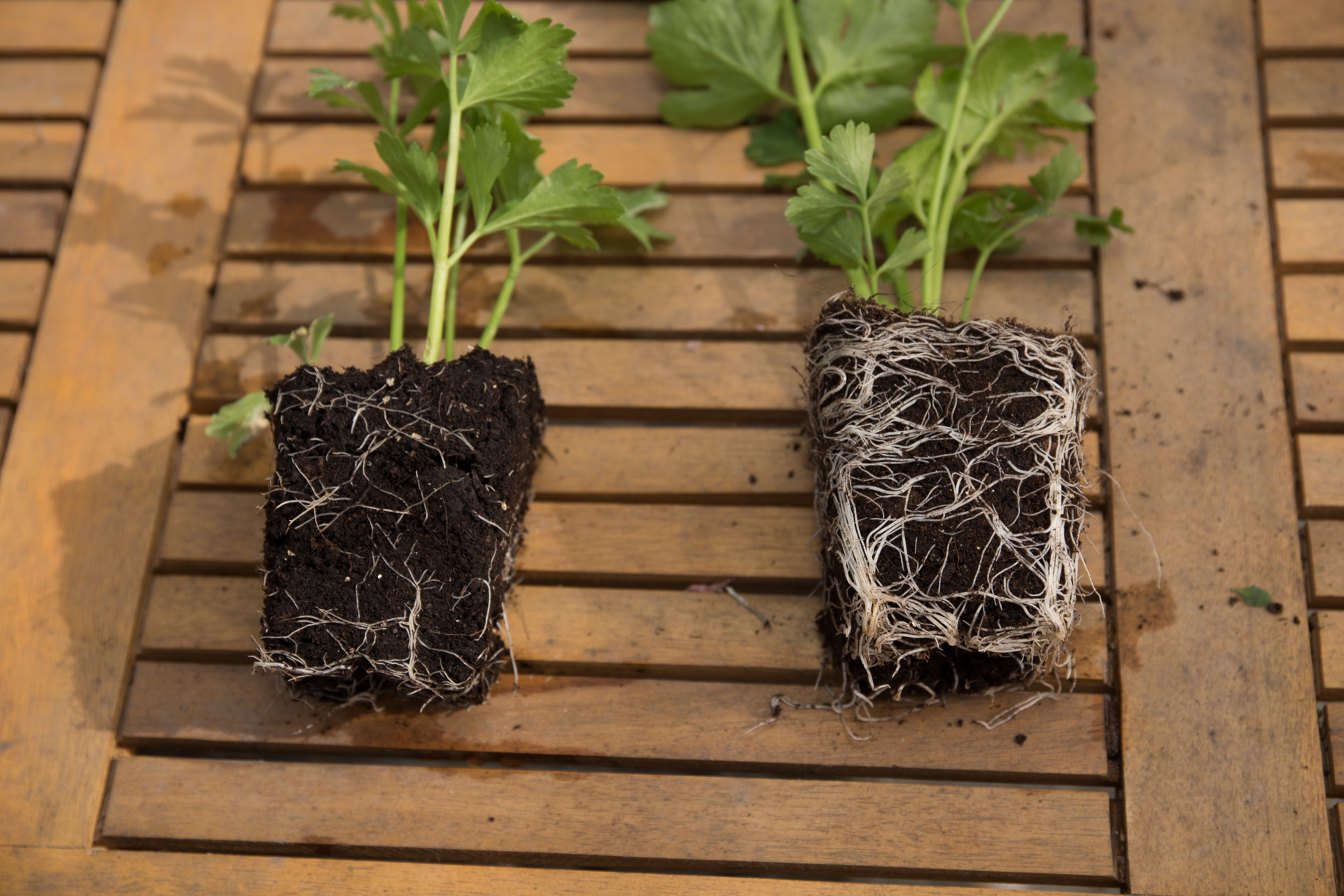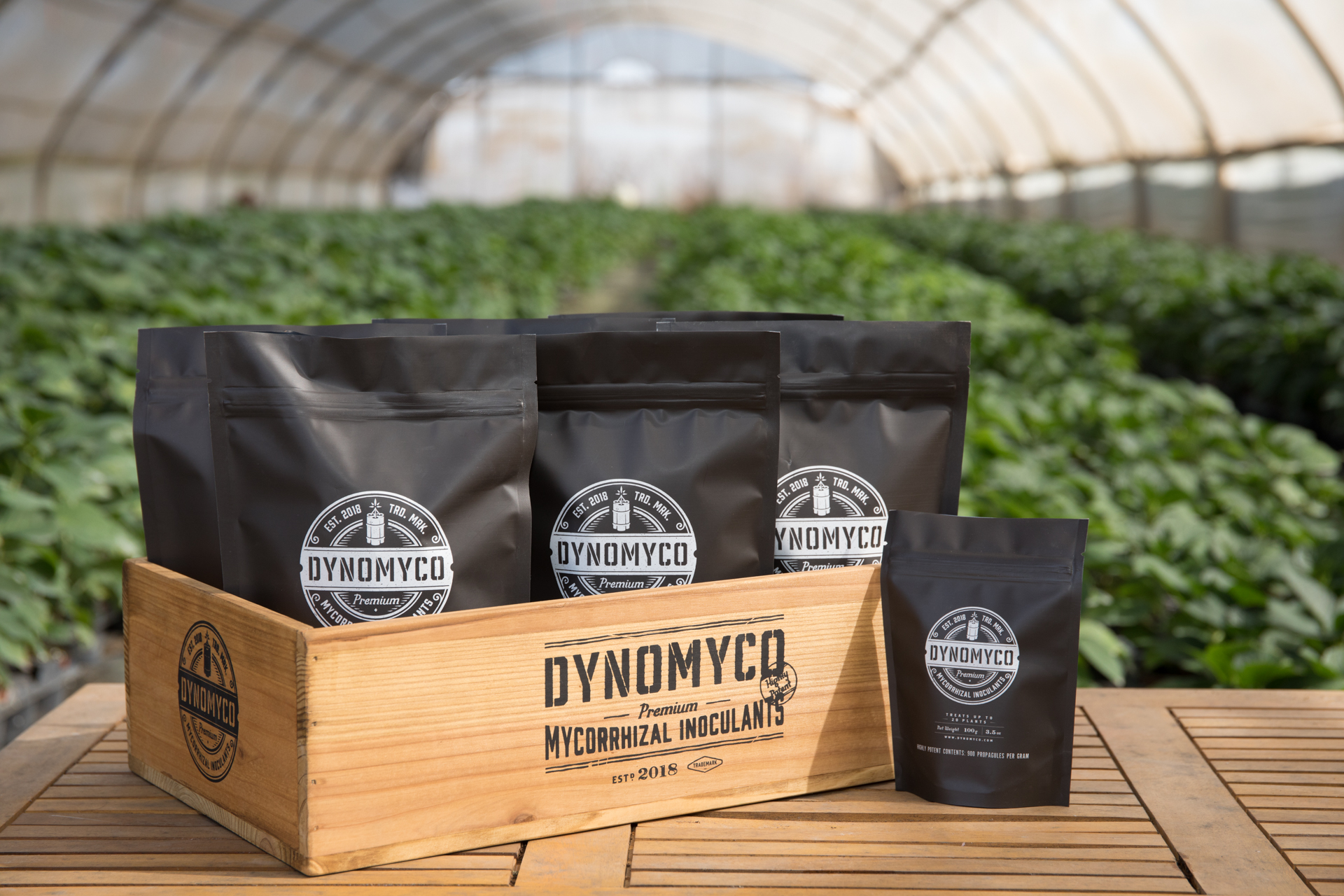In this article, Ari Singer of DYNOMYCO discusses the importance of root health and mycorhiza.

The following is an article produced by a contributing author. Growers Network does not endorse nor evaluate the claims of our contributors, nor do they influence our editorial process. We thank our contributors for their time and effort so we can continue our exclusive Growers Spotlight service.
Myco = fungus
rhiza = root
Some mycorrhizal fungi associate with specific plants, while others have a wide array of “trade partners” and can also associate with many through their mycelial networks. Certain plants require this symbiotic relationship in order to grow optimally and are known as obligate mycotrophs. Plants that do not require mycorrhizae but do benefit from them are known as facultative mycotrophs, and then there are plants that do not associate with mycorrhiza at all, known as non-mycotrophs.

There are five types of mycorrhizal fungi on the planet currently identified by scientists:
- Arbusuclar mycorrhizal Fungi (AMF)
- Ecotmycorrhizal Fungi (ECM)
- Orchid mycorrhizae
- Ericoid mycorrhizae
- Monotropoid mycorrhizae
- Arbuscular mycorrhizal Fungi (AMF): The most common of all fungi. AMF associate with approximately 90% of all plants on earth, among them cannabis. These fungi penetrate cell roots and create a network within and outside of the root. The fungus creates an arbuscule within the plant cell where nutrients, water and minerals brought by the fungi are exchanged for carbohydrates from photosynthesis. AMF do not produce any fruiting bodies (mushrooms) and reproduce asexually below ground, so if you add an endomycorrhizal inoculant to your soil and see a mushroom sprouting from it, it’s from the soil and not the mycorrhizal inoculant.
- Ectomycorrhizal Fungi (ECM): This group of mycorrhizal fungi associate with roughly 5% of plant species, mainly hardwood trees such as Pine, Douglas Fir, Birch, Oak and others. ECM do not penetrate the cell roots of plants like AMF, rather they surround them. The exchange between fungi and host is different due to this. ECM reproduce sexually via fruiting bodies, i.e mushrooms. Examples of these mushrooms are truffles and porcini. It’s important to note that ECM will not associate with cannabis plants since they are not hardwoods!

How do mycorrhizae work?
The symbiotic relationship is fairly simple. The plant gives the fungus carbohydrates and, in return, the fungus provides the plant with the necessary nutrients it needs. As the plant develops and needs nutrients, it sends carbohydrates down to the fungi in order to support their development. The exchange of nutrients for carbohydrates is done in the arbuscules. These are “tree-like” structures inside the plant cell.Why you should be adding mycorrhizal fungi to your garden
There are many benefits to adding mycorrhizal fungi to your garden. We’ve listed a few for you here.- Creates a living rhizosphere - When adding a biological element to a growing operation it tends to create more life. The addition of mycorrhizae will help other microbes thrive, for instance beneficial bacteria. The hyphae create a mycelial super-highway upon which bacteria can navigate on and around the rhizosphere. In this video you can see how they move! These bacteria also play pivotal roles, from nitrogen fixation all the way to plant protection. This living rhizosphere creates a new ecosystem where all the organisms benefit from the presence of one another and help each other, compared to an inert media with no biology in it (otherwise known as dirt). A win-win situation.
- Larger root surface - In undisturbed soils the mycelial network can extend for miles and connect multiple plants together, sharing the same fungal network. A larger root surface area will help in many things, such as water, nutrient and mineral absorption. Another thing this will help with is transplant shock. Plants inoculated with mycorrhizal fungi have higher survival rates and show more vigour compared to when there is no symbiosis between the two.
- Defense mechanism - Research has shown that mycorrhizal fungi can protect plants against certain soil-borne pathogens, such as Fusarium, Pythium and parasitic nematodes. For more information on that, check this research out.
- Increased nutrient uptake - The AMF will help absorb NPK but also provide the plant with microelements such as iron, zinc manganese and others. This is especially important when it comes to flower production. With the help of AMF, the plants can absorb a higher amount of phosphorus translating into higher yields and larger buds!
- Abiotic stress tolerance - Plants that formed a mycorrhizal association will enjoy a higher tolerance level to the following:
○ pH and salinity (EC)- The fungi lower the EC of the soil and therefore affect the pH and EC levels, making the soil more suitable for plants to live in and prosper. Read up more about this in this research here.
○ Drought – Mycorrhizal plants are able to “reach” across great distances in search of water. The hyphae extend past the rhizosphere and spread out into areas that plant roots cannot physically access. When water becomes scarce, this network can save a plant’s life.
- Glomalin production - A glue-like glycoprotein secreted by endomycorrhizal fungi, which helps bind soil particles together, improves its stability and helps prevent soil erosion. Scientists have proven the correlation between the presence of glomalin and the primary productivity of an ecosystem. If you are beginning to build your soil, mycorrhizal fungi are key to a healthy, thriving growing media.

Application of mycorrhizal fungi
The earlier the application in the plant’s life, the better. Early application is also simpler, and there is a higher chance for successful inoculation. This will result in benefits that can be clearly seen when looking at side-by-side comparisons. Due to the short life cycle of cannabis plants it is key to inoculate early. Trees for instance are perennial plants and can develop a hyphal network over several years, whereas with cannabis plants there isn’t that window of opportunity. Furthermore, most cannabis growing is done indoors in pots with new, sterile soil and so the plants can’t connect to an established hyphal network and don’t have the luxury of waiting for this to happen. Due to this the higher the concentration of the product you are applying, and the earlier in the plants life, the more impact it will have on your plant. In commercial trials, we’ve seen differences in plant height, width and health in as little as two weeks! Below are several of the application methods we recommend using. Remember, the earlier the better!

1. Mix your inoculant into your growing media - Apply your inoculant as instructed on the label, mix it uniformly into your media and you are done. This method will guarantee that the fungi is distributed uniformly in the soil and there to meet the roots as they begin spreading out in the pot in search of food.



10 Best Gift Ideas for Cannabis Connoisseurs and Growing Aficionados (2022)
December 7, 2022Developing and Optimizing a Cannabis Cultivation System
December 14, 2021Dealing with Insomnia: How Can CBD Help?
December 10, 2020Your Guide to Sleep and CBD
December 7, 2020
Do you want to receive the next Grower's Spotlight as soon as it's available? Sign up below!

Do you have any questions or comments?

About the Author
Ari is the Sales and Business Development Manager at DYNOMYCO. He holds a B.A in Sustainability and Economics. When he is not traveling around the world spreading DYNOMYCO spores, you can find him foraging mushrooms or cultivating them at home on his urban rooftop garden in Tel-Aviv.